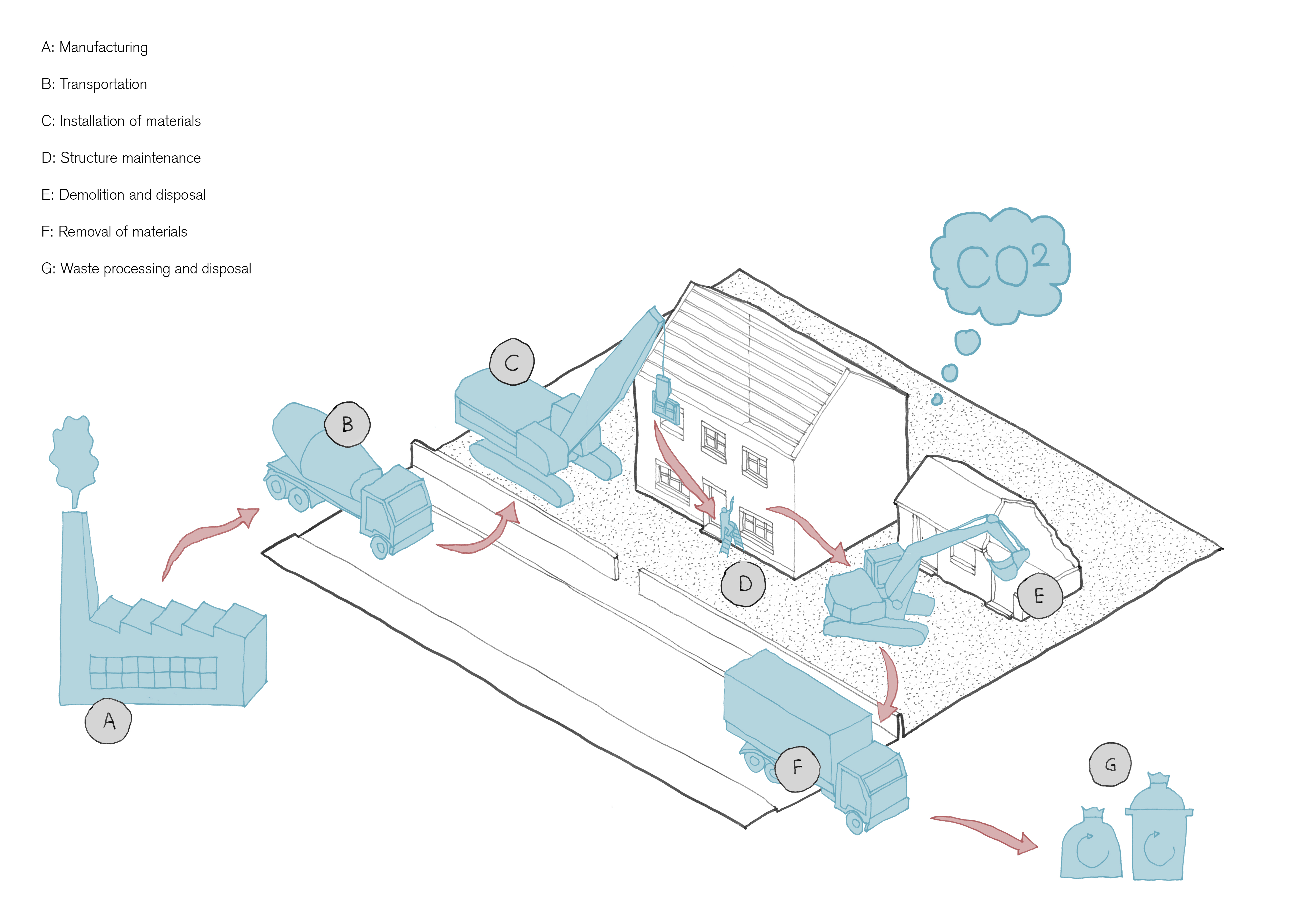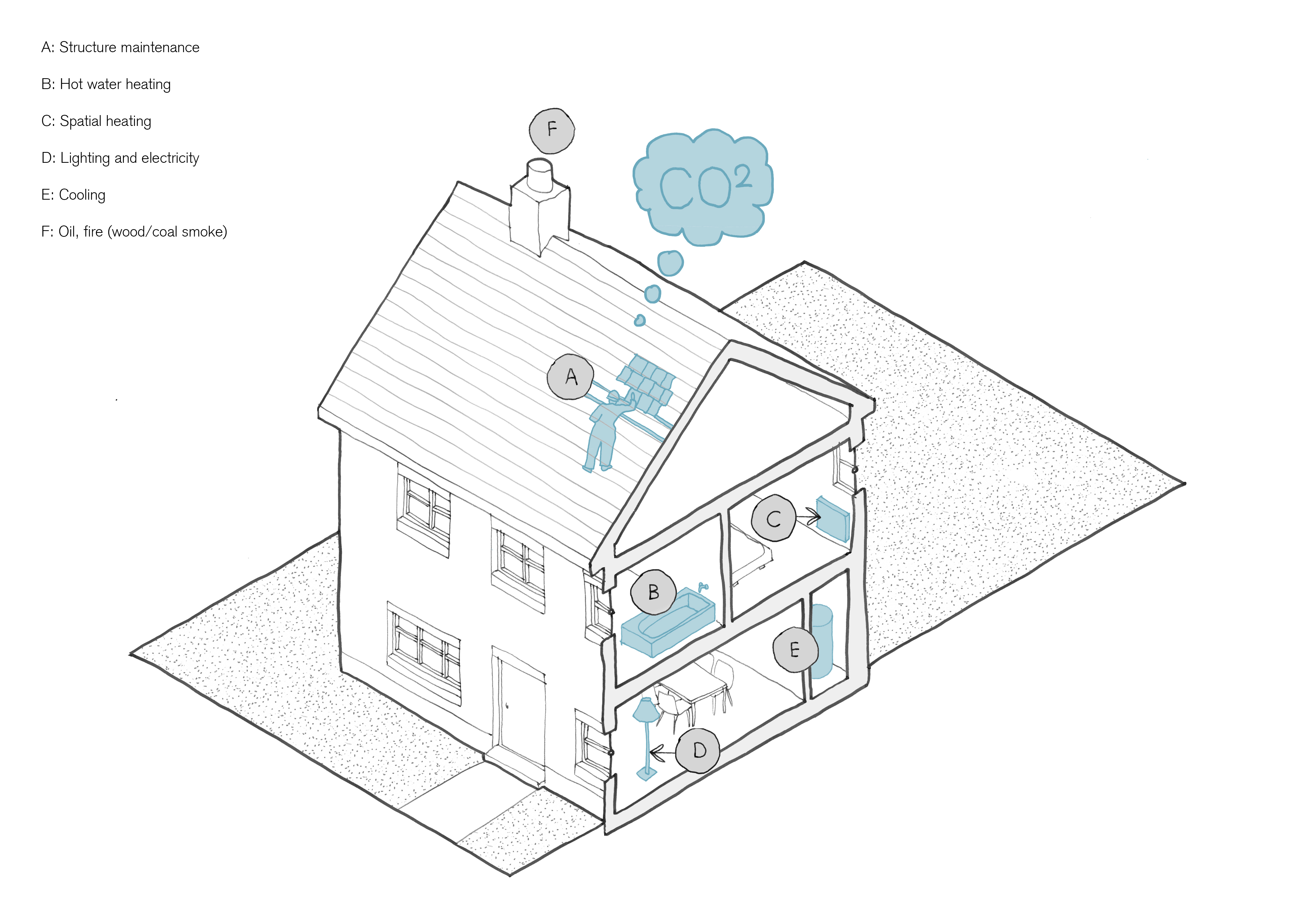Historic Buildings and Sustainability
Historic buildings have potential to contribute to tackling the challenges of climate change and are a resource for sustainability. This is largely due to the embodied carbon these buildings hold. Whilst a number of historic buildings have scope to reduce their operational carbon emissions which has the additional benefit of helping to tackle fuel poverty, it is important to distinguish between their embodied carbon and a building’s associated operational carbon emissions.
Embodied carbon
Embodied carbon is the total greenhouse gases generated during the life cycle of a building. This can include the extraction, production and transportation of raw materials, construction, maintenance, replacement, demolition, and disposal (considerations of how much material is recycled, re-used or appropriately managed). The amount of embodied carbon will vary between buildings; for many historic buildings dating before the industrial revolution, there are lower levels of embodied carbon as there would have been fewer emissions during the production process of raw materials and their transportation.
Given the embodied carbon associated with building new development, it is becoming increasingly important to reuse existing historic buildings and future proof them for sustainable living. Whilst the archaeological, historical, architectural and artistic interests of a historic building from which its significance is drawn is important, the need to sustain a heritage asset in its optimum viable use is also a key consideration.
Further Reading on Embodied Carbon
Historic England, There’s No Place Like Old Homes: Re-use and Recycle to Reduce Carbon, February 2020.
Carrig Conservation Research, Understanding Carbon in the Historic Environment, October 2019
Case Study Arboreal Architecture, Bournville Low Carbon Retrofit – Full Carbon History
Operational Carbon Emissions
The operational carbon emissions of an historic building are the greenhouse gases emitted as a result of a building’s use. This can include heating, cooling, lighting, ventilation, maintenance, and the use of appliances. There are over six million traditional buildings, which currently accounts for almost one quarter of the housing stock in the UK.
Page updated: 26/05/2023

